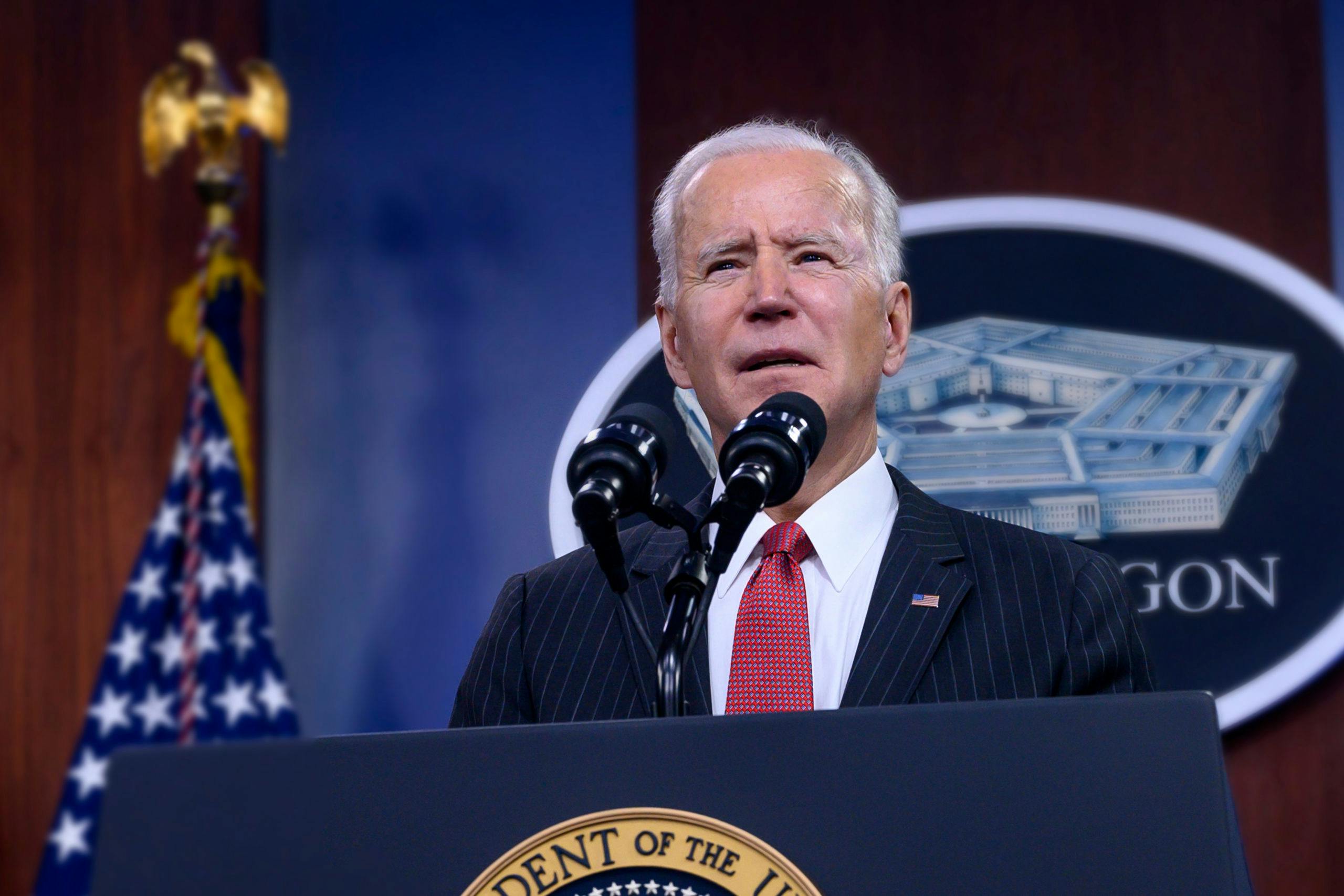President Joe Biden’s Build Back Better Agenda and Bipartisan Infrastructure Deal has outlined key points on the role battery-electric vehicles are going to play going forward. The president will sign an executive order setting a goal to make 50% of vehicles sold in 2030 consist of battery-electric, fuel cell, or plug-in hybrid models. This also launches the development of new long-term fuel efficiency and emissions standards to make sure that consumers save money, cut pollution, improve public health, address the climate crisis, and push for environmental justice.
The Environmental Protection Agency (EPA) and the U.S. Department of Transport (USDOT) will also be announcing how they’ll address the previous administration’s rollback of short-term fuel efficiency and emissions standards. Both will be responsible for framing new emissions standards and smart fuel efficiency goals aimed at delivering roughly $140 billion in net benefits over the life of the program. These initiatives will lead to 200 billion gallons of gasoline being saved and reduce carbon pollution by roughly 200 metric tons, which means an average fuel savings of up to $900 over the life of the vehicle.
Together with the Build Back Better Agenda, the Biden administration aims to bolster the U.S.’ leadership in clean cars and trucks by accelerating innovation and manufacturing in the auto industry. That means boosting their domestic supply chain and expanding the number of jobs in the auto industry that offer good pay and benefits. Ford, General Motors, Stellantis, and the United Auto Workers (UAW) have voiced support for the Build Back Better Agenda. Additionally, Volvo, BMW, Volkswagen Group, and Honda have also released statements in support of the Build Back Better Agenda. All four automakers have built vehicles in the U.S. with Volvo and Volkswagen aiming to expand their facilities to build battery-electric vehicles like the ID.4 and the upcoming Polestar 3 crossover.
Part of the Biden administration’s Build Back Better Agenda is to bring the U.S. to the forefront of electrified mobility as the global market shifts toward that direction. Included in that push are to create a national network of chargers for battery-electric vehicles and finance the retooling of manufacturing facilities to improve the domestic supply chain. The plan will also push for continuous innovation of clean technologies to keep the U.S. competitive and point-of-sale incentives to help spur manufacturing and union jobs. Together with the Bipartisan Infrastructure Deal, the Biden administration aims to position the U.S. as a leader in electrification in the future with this investment. In addition to building the U.S. auto industry, both plans should also help make electrified vehicles more affordable to the average consumer. The Department of Commerce has already made $3 billion available in funds from the American Rescue Plan to advance the EV industry across communities that form the backbone of the auto industry.
By 2030, the Biden administration plans to cut the costs of battery packs by 85% to help drop the overall price of electrified vehicles. Since 2010, the range of EVs has increased significantly and the number of options has grown to 40 and continues to expand. This expansion in electrified technology should help attract new clean energy companies to the U.S.
To undo the emissions rollback of the previous administration, EPA and USDOT will be working together until 2026 alongside the National Highway Transport Safety Administration (NHTSA). The basis will be the “California Framework Agreement,” which is an agreement between the State of California and five automakers: Ford, Honda, Volkswagen Group, Volvo, and BMW. That will form the foundations of the new emissions and fuel economy standards.
Biden’s executive order, which will also require consulting with the secretaries of labor, commerce, and energy to find ways to accelerate innovation and manufacturing in the automotive industry, strengthen the domestic supply chain, and create more jobs that pay well and have good benefits. The administration will also engage with states, labor representatives, public health experts, and environmental justice organizations to find ways to reduce emissions.
Today’s announcement puts the U.S. on track to cut emissions from new passenger vehicles by 60% by 2030. This plan should also contribute to Biden’s goal of cutting the economy’s net-wide gas emissions by 50 to 52 percent below 2005 levels by the same year. This commitment should get consumers to transition toward electrified vehicles because it will help cut costs and make them more affordable. Together with incentives, this gives people more reason to buy an electrified vehicle over an internal combustion one.

